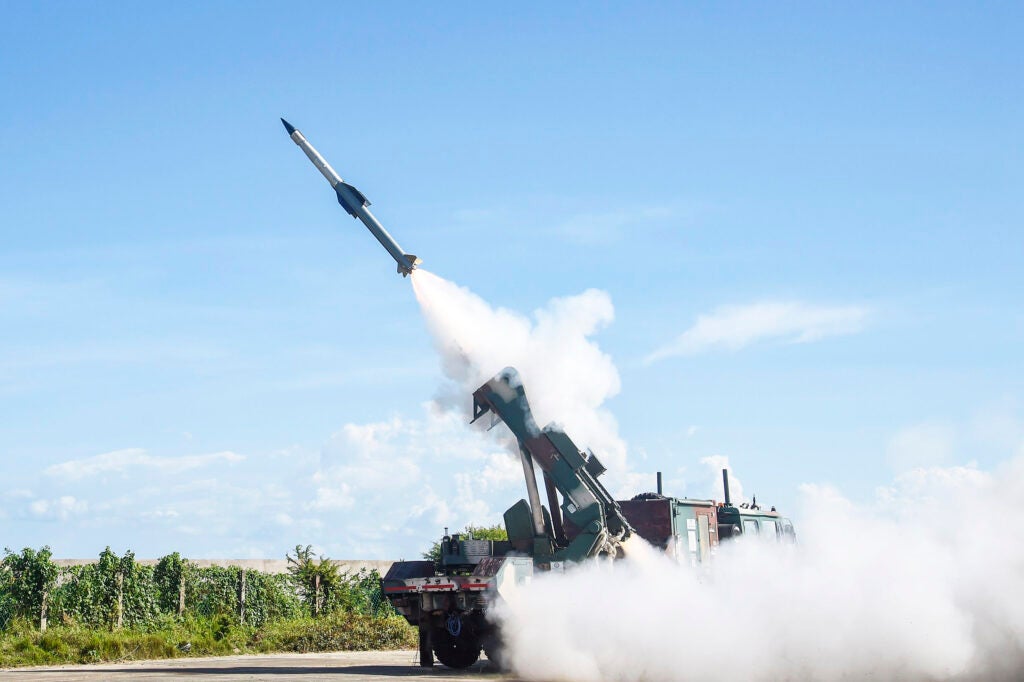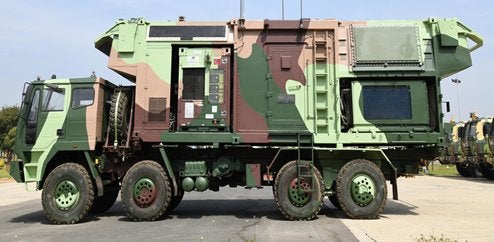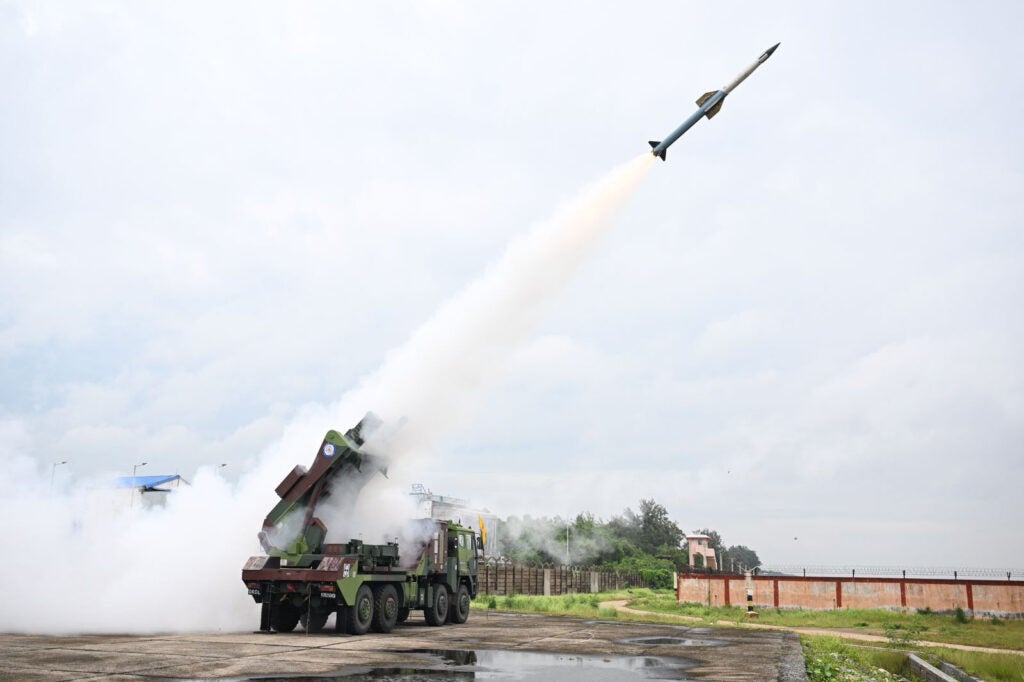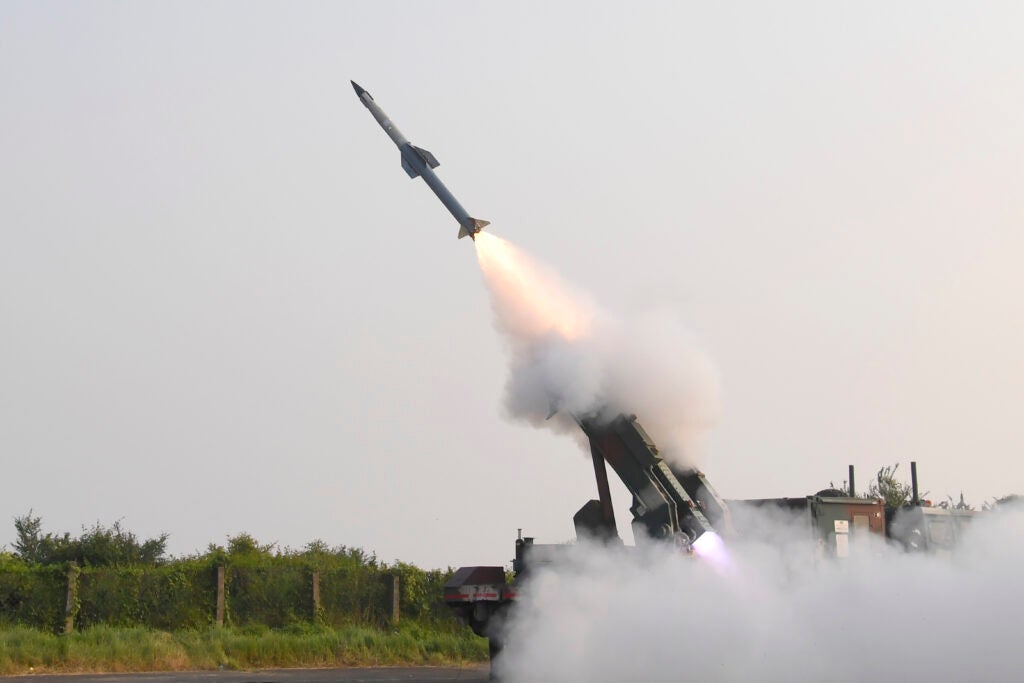Indian Army Issues $3.4 Billion Contract for BEL’s Anant Shastra Air Defence System
The Indian Army has issued a tender to procure five to six regiments of the Anant Shastra Air Missile Defence System (AMDS) to the state-owned Bharat Electronics Limited (BEL). The tender is worth ₹30,000 crore ($3.38 billion) in total or ₹5-6,000 crore ($560-670 million) per regiment. The AMDS procurement is one of a number fast tracked by India since its recent skirmishes with Pakistan in May 2025.

About Anant Shastra ADMS
Anant Shastra, previously known as the Quick Reaction Surface-to-Air Missile (QRSAM), is an air defence system developed by the Defence Research and Development Organisation (DRDO) for the Indian Army. The purpose of Anant Shastra is to protect the army’s armoured columns on the move from aerial attacks. The missile was first test-fired on June 4, 2017, from Chandipur, Odisha, and has undergone several developmental and user trials thereafter.
A regiment of Anant Shastra consists of one Regiment Command Post Vehicle (RCPV), which controls three batteries. Each battery is equipped with one Battery Command Post Vehicle (BCPV) and one Battery Surveillance Radar (BSR). Each BCPV consists of four Combat Groups (CG), which have one Missile Launch Vehicle (MLV) and one Battery Multi-Functional Radar (BMFR) under it. The Missile Launch Vehicle (MLV) has six missiles in a ready-to-fire state with the ability to fire with short halts.

The BSR is a C-band radar with 360° coverage in azimuth and 0-60° in elevation. The size of the antenna is 1.5×1m with a range of 120km for a 2m² target. The BMFR is an X-BAND radar with 360° coverage in azimuth and 0-60° in elevation. The size of the antenna is 0.9×0.9m with a range of 80km for a 2m² target. The BSR and BMFR use state-of-the-art active phased array technology combined with advanced signal processing and data processing algorithms to detect and track fixed-wing aircraft, including UAVs, as well as rotary-wing aircraft, including hovering helicopters, in an intense EW environment. The BSR and BMFR use advanced platform motion compensation and electronic stabilisation algorithms along with high-accuracy motion sensors.
The missile uses a solid rocket motor to achieve its maximum range of 30km against manoeuvring targets. The length of the missile is 4.4m, with a diameter of 225mm, and it weighs 270kg. It has an inertial navigation system (INS) and an RF seeker to lock onto its target.

Anant Shastra is part of the Integrated Air Defence Weapon System (IADWS). IADWS is a multi-layered air defence system comprising all indigenous Quick Reaction Surface to Air Missiles (QRSAM), Advanced Very Short Range Air Defence System (VSHORADS) missiles, and a high-power laser-based Directed Energy Weapon (DEW). The maiden test of IADWS was conducted on August 23, 2025, off the coast of Odisha. The acquisition of Anant Shastra will enhance India’s local area defence capability with a dense anti-air network.

